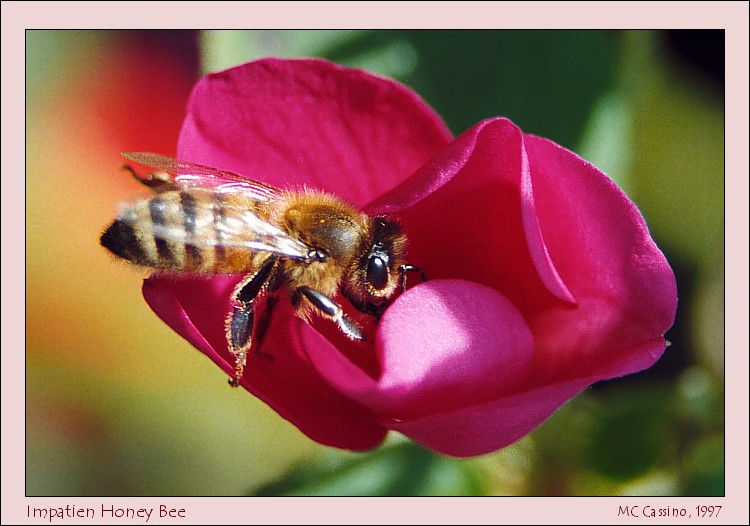Why follow the straight path, when the crooked way beckons? Why contemplate things by daylight, when things hidden and dark can be glimpsed? Why do the easy thing, when something difficult can be under taken?
So go my thoughts these days…
Raking leaves this weekend, I thought it would be fun to take some shots of individual leaves in the pelting wintery snow. I wanted black and white shots, and I wanted a steely, high contrast look. I could have just shot things with a digital camera, converted to mono, and adjusted the contrast. But that would be too easy. I could of just shot the images on standard B&W film. But that would be easy. So instead I decided to shoot the leaves on lithographic film.
Lith film is meat for ultra high contrast images. High contrast means all black, all white, and no shades of gray. For my purposes I wanted pictorial images – the full spectrum of black to white. Up till now my only experience with lithographic film was part of one roll of Kodalith that I shot a year or two ago, and processed as a high contrast, lith film.
For this exercise I shot out the rest of that roll of Kodalith, and then switched over to Kodak Ektagraphic HC Slide film. The latter is reputed to be identical to Kodalith (I’m not entirely sure of that.) It is a ‘slide film” in that its intended purpose is for title slides for old fashioned projected slide presentations.
I shot out the remnant of the Kodalith roll on Saturday. I should explain that I when I shoot out only half a roll of film or so, I will often just put the camera in the changing bag, extract and cut off the exposed part of the film, and leave the remaining, unexposed, bits for later. I had done this with the first part of the Kodalith, and so it only took about a dozen shots before the partial roll was used up.
I rated the film and ISO 6, figuring that would result in a well exposed negative. I then developed it in HC110, Dilution G (1:119) at 20 c for 22 minutes, agitating every three minutes. This was just a wild guess on development , and produced a contrasty but scannable negative. The vertical photo at the start of this post is the one decent composition from this roll.
The results weren’t great, but were encouraging. I shot the next roll – this time Kodak Ektagraphic HC – also at ISO 6. This time I went with HC110 at a 1:200 dilution, leaving the time at 22 minutes, with the same agitation scheme.
One problem emerged. The film did not clear and fix properly. Shadow and midtone areas cleared fine, but the most dense areas of the film, the highlights, did not clear well. Emulsion remained in place, and despite a few successive baths in fresh fixer, the film did not clear. I should comment that while the Ektagraphic HC is nominally a slide film, the development directions call for development with D-19 and fixing in standard fixers. So I assume this film is somehow damaged.
No matter. Once the film was dry I dropped it on the light table and took a close look. The unfixed areas were transparent, and seemed to have decent tonality, even if they were a tinted emulsion color and not just oxidized silver. So I stuck them in the scanner. The results are not bad – the second, hoirzonal shot, is from this roll. The highlights – in this case the leaf – were made up with the un-fixed emulsion on the film. Ultimatley the light from the scanner did not care, and while these negatives are surely not archival, I don’t really care either.
I have another 4 or 5 rolls of the Ektagraphic HC in the freezer, and will do some experiments with other developers. Someday – but for now, I think I’m going ot take the easy route, and shoot some regular film, if not digital.
More images:








































